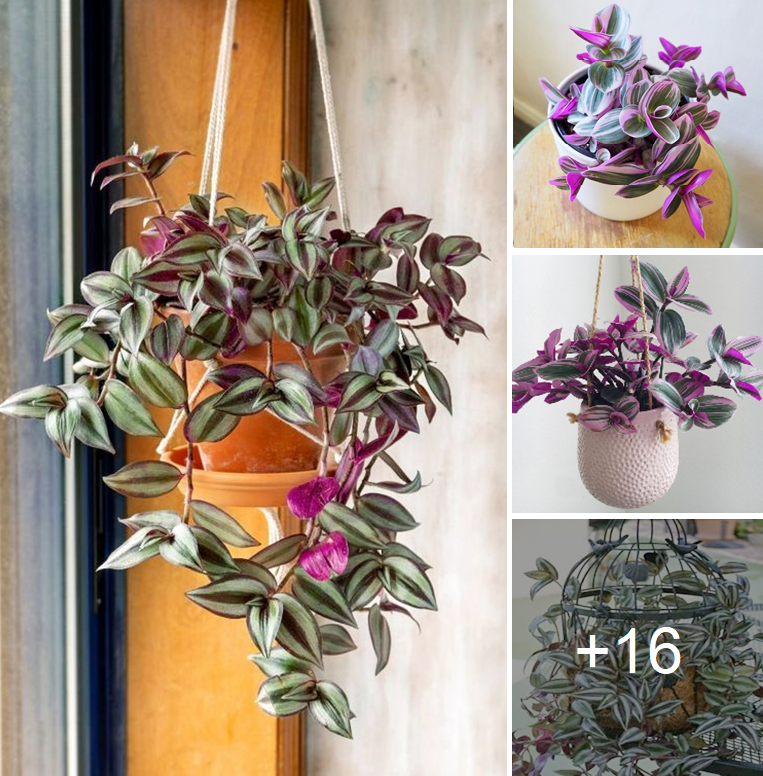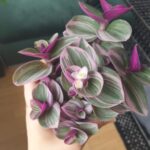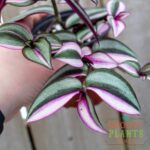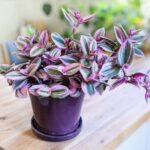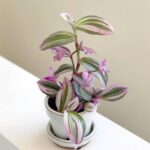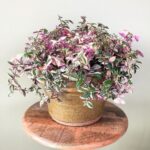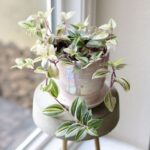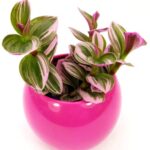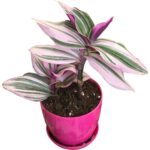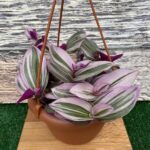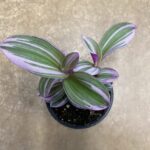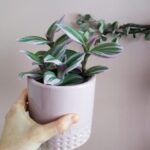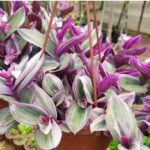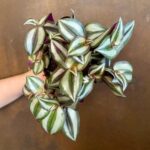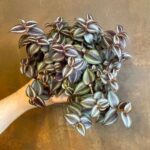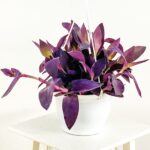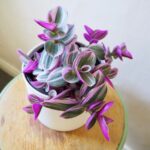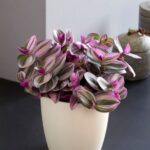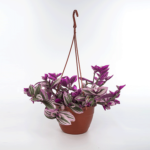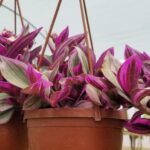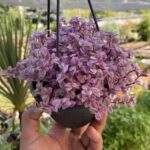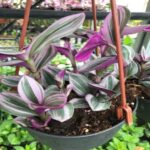Where to grow:
Indoors, place near a window that receives strong indirect light. Outdoors, place in a location that receives full sun (with protection from afternoon sun in the hottest regions) to shade, depending on variety. Indoor houseplants can be placed outdoors in a light shady area during warmer months.
Temperature:
Indoor houseplants prefer temperatures between 55-80 degrees, and no colder than 50 degrees.
Humidity:
They also prefer higher humidity. During the winter when indoor humidity is low, place the plants on a tray filled with pebbles and water or use a room humidifier to increase humidity.
Soil type:
Garden plants prefer rich, well-draining soil with an acidic pH of 5.0-6.5. They are adaptable to average garden soil as long as they don’t dry out. For indoor potted plants, use a high-quality all-purpose potting soil.
Requirements for the pot:
Choose a pot that is slightly wider and deeper than the root ball. Make sure containers have good drainage to prevent root rot.
Reproduction:
Tradescantia is easily propagated from stem cuttings, offsets, division or seed. Place offsets or cuttings in water to root, or plant directly into soil. Divide hardy perennials every few years in spring or autumn. Start sowing indoors 8 weeks before transplanting.
A unique version with pink and green striped foliage that looks like it was painted on. This trailing plant is perfect for hanging baskets or as a feature in mixed containers. Like other spiderworts, Feeling Flirty™ can be grown indoors or outdoors; 2 to 4 inches tall, rising to 36 inches.
Tradescantias prefer moist soil. Provide good drainage and avoid overwatering to prevent root rot. Submergence can cause plant stress. Water plants when the soil surface is dry 1-2 inches deep.
Fertilization:
Fertilize houseplants monthly during the growing season with a balanced liquid fertilizer. For outdoor plants, apply a slow-release all-purpose fertilizer in early spring and mulch with a thin layer of compost.
Pruning:
Cut back vines if they become leggy to encourage a fuller habit. Hardy varieties can become messy after flowering. Cut back by a third to revive and encourage post-season regrowth.
Repotting:
If roots circle around the bottom of the pot or grow out of the drainage holes, it’s time to replant. Do this in the spring when plants come out of semi-dormancy. Remove the plant from the pot, taking care not to break the delicate stems and gently tease out the roots. Place in a new container 1 to 2 inches larger than the previous pot and use fresh soil. Water well and place in bright indirect light.
Pests:
Indoor plant pests can include aphids, spider mites, thrips, scale and fungus gnats. Rinse plants with water, bathe affected areas with 70% rubbing alcohol, or use an insecticidal soap for severe infestations. Garden pests include aphids and slugs.
 Flower Love
Flower Love
